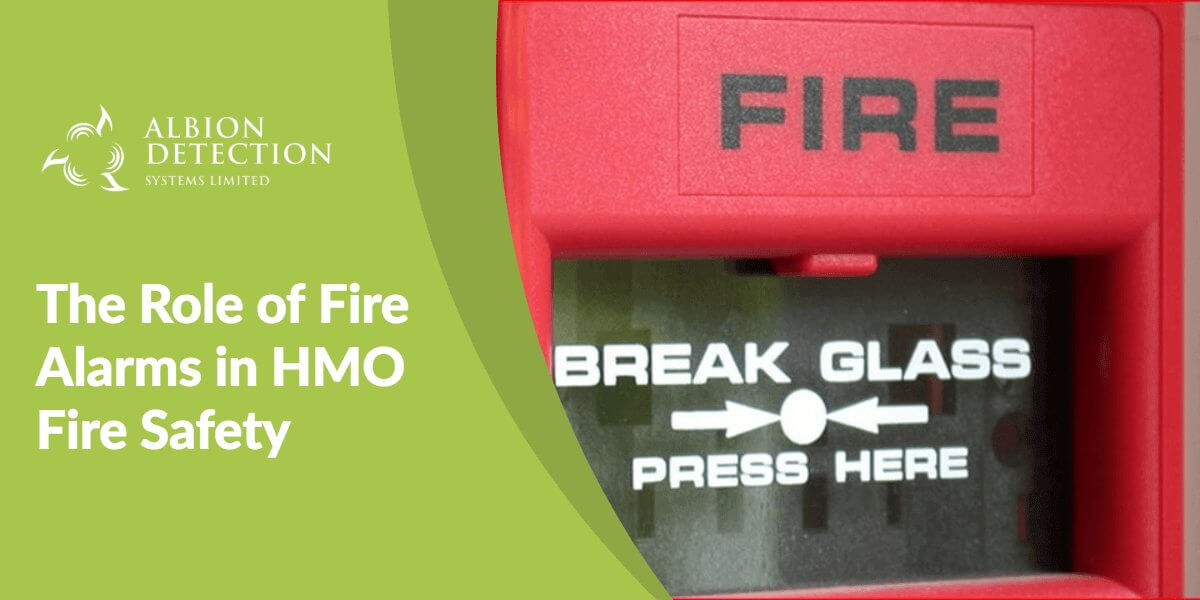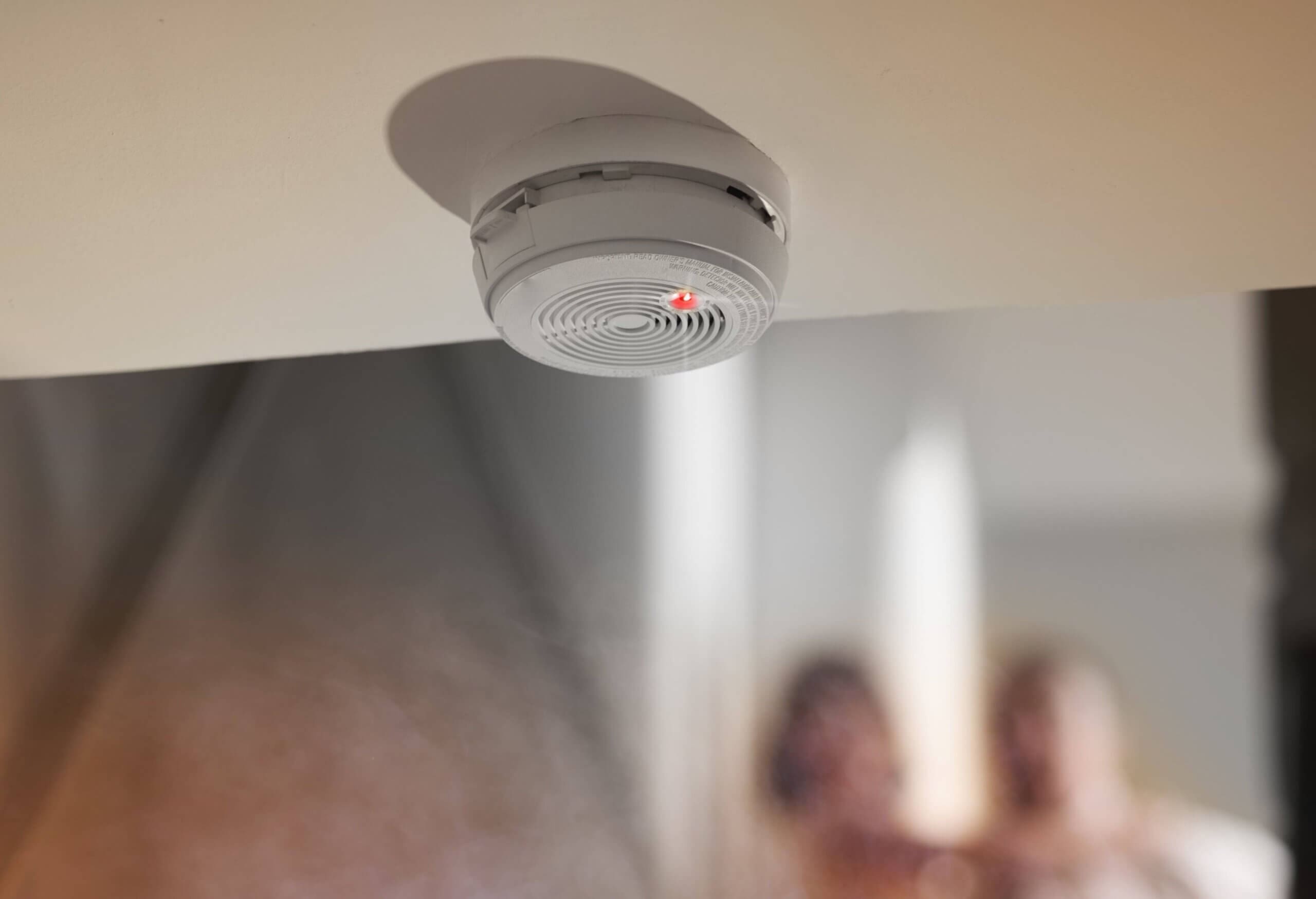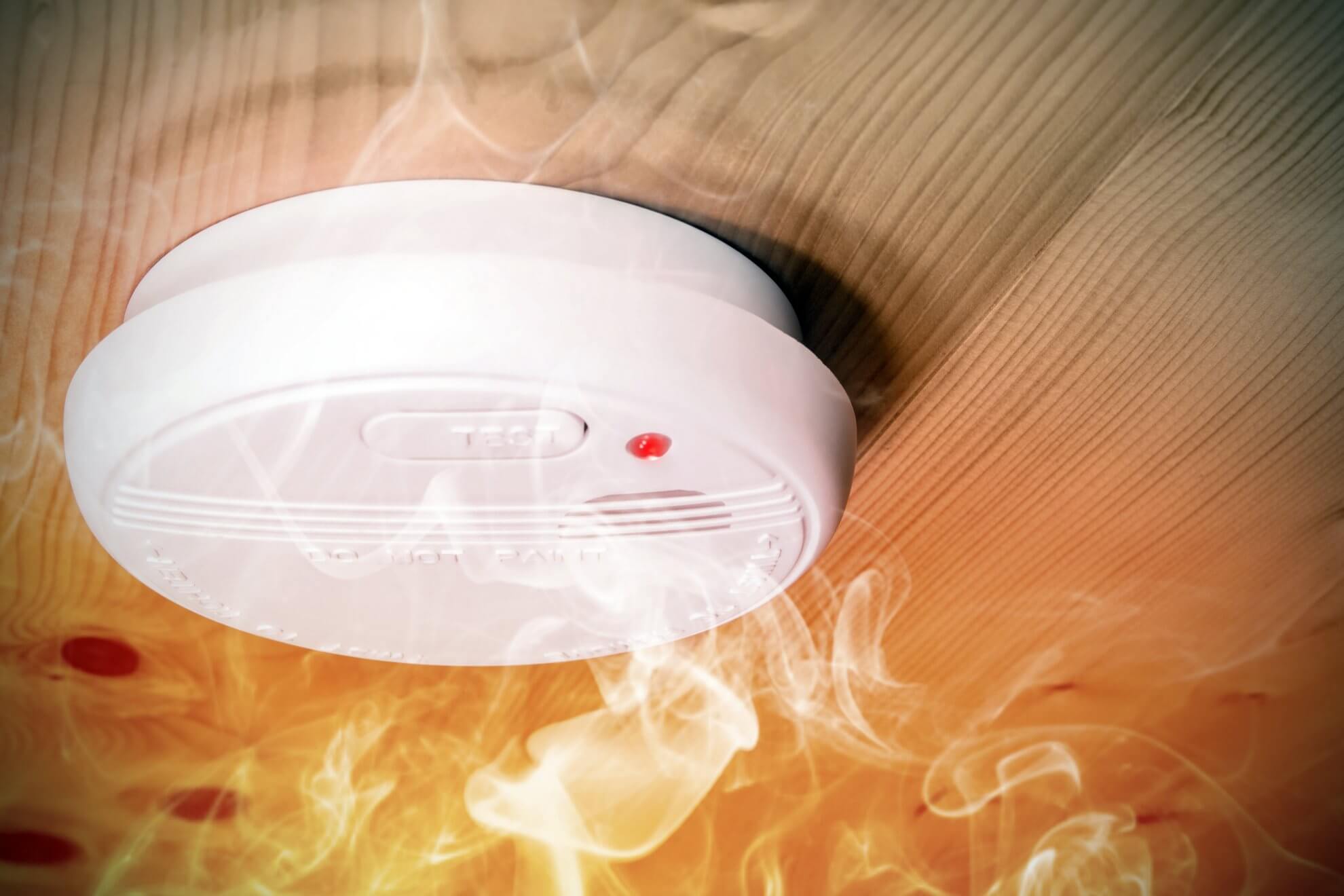
Introduction to the role of fire alarms in HMO Fire Safety
The role of installing Fire Alarms in HMO properties can take a number of forms, depending on whether you want the whole building to know immediately in the case of a fire, whether you want a ‘hush button’ setup for each flat and a raft of other considerations.
The important thing is getting the right system in place for the environment at hand.
This means performing an in-depth fire risk assessment tailored specifically to HMO fire safety and then plotting the system that will perform the best, minimise false alarms and provide the best level of safety for tenants.
This means finding the ‘sweet spot’ where protection is robust and targeted at the most risk-heavy areas but avoiding a system that is too much for the property in question.

Fire Alarms in HMO – The Requirements
Like many other things with HMOs, there are specific guidelines that landlords must abide by when it comes to installing a fire alarm.
These are not recommendations or suggestions, but legally binding requirements.
Having an appropriate fire alarm system in place not only protects tenants from fire and smoke inhalation, it also ensures that any fire is taken care of before it spreads and further damages the property.
A small investment upfront can mean big savings later on.
Depending on the size of the HMO, there are different fire safety regulations for landlords to consider.
A multi-occupancy building of one or two storeys requires mains powered, interconnected smoke alarm system and CO alarms in high-risk rooms such as the kitchen.
HMOs that are three storeys or higher have different requirements.
For these HMOs, an ‘appropriate’ fire alarm system with a central panel is mandatory, as are CO alarms in all high-risk areas.
Beyond this, there are specific requirements for different building setups and configurations.
All landlord requirements with regard to fire alarms in HMO and safety stem from BS5839 Part 6.
Alongside this, the main legislation you need to be aware of is the Regulatory Reform (Fire Safety) Order 2005.
This spells out the requirements for HMO landlords in terms of fire alarm systems across different types of property and also emphasises the need for thorough, ongoing fire risk assessments as part of good HMO fire safety practise.
Fire Alarms in HMO – Fire Risk Assessments
A good HMO fire risk assessment will be a methodical and planned examination of the property, taking in everything from inherent risks to potential risks of fire in places like common areas.
The smaller the HMO, the easier the fire risk assessment will be.
On the flip side, with a bigger property comes more potential risk and the need for a deep dive into identifying as many potential dangers as possible.
It is when you are dealing with a larger HMO that you should consider consulting a risk assessment professional.
A qualified and experienced risk assessor will save you a great deal of time, point out problem areas and give you peace of mind.
It is important to know that you, as the landlord, are the responsible person for fire risk assessments and resolving any problems they reveal.
This means you have to carry out the risk assessment, pass the job on to a suitable, invested employee or, as mentioned above, contract out the task to a professional.
Failing to enact fire risk assessments or moving to address any issues can result in a prison sentence, so it’s vitally important to conduct a thorough fire risk assessment.

Fire Alarms in HMO – Alarm System Types
When thinking about the type of fire alarm system you need for your HMO property, the fire risk assessment will give you good insight into where your biggest risks lie and also should inform the type of system you need.
Needless to say, there is a multitude of options out there and we’ll run through some of the most popular for HMOs.
Multi-zone alarms
- For instance, enable you to segment the building up into different zones.
- This type of system is often more manageable because it’s apparent where the alert is originating from.
- This means response to the alarm can be targeted and precise, with minimal disruption or panic for tenants.
Addressable fire alarm systems
- Are probably the most advanced option available and good for larger-scale HMOs.
- This type of system utilises a ‘loop’ system, whereby multiple loop panels are in operation at once.
- This means each loop can support up to 126 devices – these could be detectors, sounders, beacons and so forth.
- Even better, each device has a unique identity, so the system knows exactly which device has been activated.
- A robust solution, an addressable system offers detection and audio and visual warnings.
Monitored
- Fire alarm in HMO system offers ultimate oversight, telling you when they activate – no matter where you are.
- This offers you the peace of mind knowing that your property is safe and sound, with the knowledge that you will be informed the instant anything changes.
What’s Your Opinion?
Which of the systems do you think would be best suited to a larger-scale HMO?
We’re interested to know the opinions of landlords and tenants alike.
Have Your Say
Ready To Get Fire Protection Focussed?
If you need help selecting and installing appropriate fire alarms in HMO system for your multi-occupancy building, get in touch with us. We’re experts in HMO fire safety and offer a range of services, including professional risk assessment audits.



